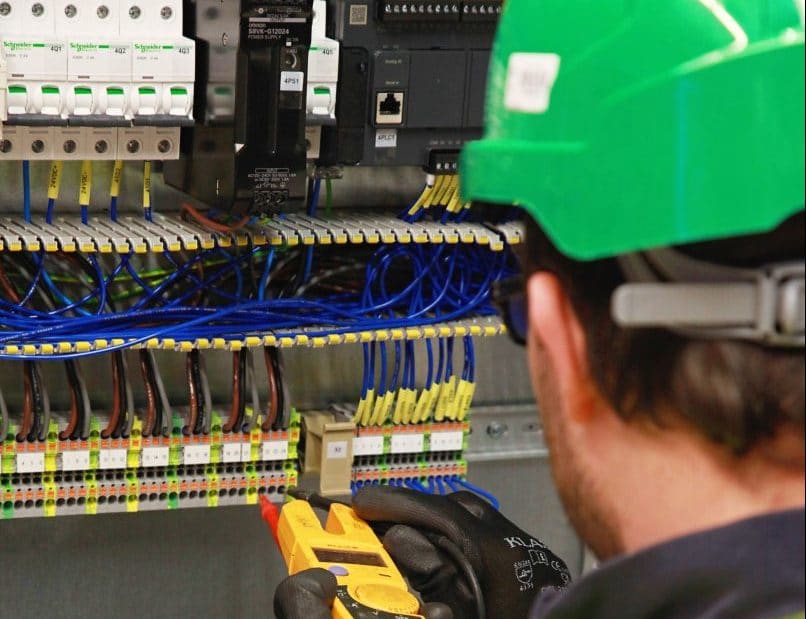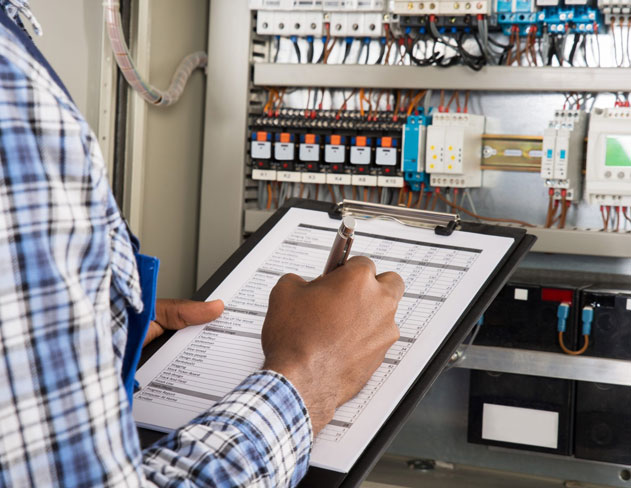EICR Observation Codes
An Electrical Installation Condition Report (EICR) is an official document that is compiled after the fixed electrical installation in a domestic or commercial property has been inspected in accordance with BS 7671, the national standard for fixed electrical installations.
The outcome of the EICR is either Unsatisfactory or Satisfactory, this is dependent on what classification of observation codes are identified on the report.

There are four EICR observation codes that range in severity, C1, C2, C3 and FI. To achieve a Satisfactory status the installation must not have any C1, C2, or FI defects. Only C3s are permitted on a Satisfactory EICR.
Here we explain what each observation code means, with EICR observation code examples, so you can better understand your EICR.
Fixed wire testing observation codes: C1 C2 C3
Observation Code C1
The most severe observation code, C1 means danger is present and there is an immediate threat to property or life. If you are issued a C1 code immediate action is mandatory.
A C1 defect might be issued if the electrical installation has been damaged and exposed live connections can be touched, this presents an immediate risk of electrical shock.
In the event of a C1 code we will issue you with an “Electrical Danger Notice” and will rectify this defect to at least a C2 status during the inspection visit.
Observation Code C2
The second most severe observation code, C2 means there is a potentially dangerous defect with your electrical installation and urgent remedial work is required.
The issue is not an immediate concern, but it must be rectified to ensure the installation is safe. For example, there might be an earth fault on one of the circuits or the earth bonding may be undersized or inadequate.
Observation Code C3
The lowest level observation code, C3 is defined as ‘Improvement Recommended’, which means a non-compliance with the latest regulations has been identified, or part of the installation is recommended to be improved but is not dangerous enough to warrant a C1 or C2 code.
An EICR can have a satisfactory outcome if there are only C3 recommendations reported on it.
Observation Code FI
The FI observation code highlights that further investigation is required. This means our inspector has found something that needs to be looked at in more depth to ascertain whether it is safe or not.
We will issue an unsatisfactory EICR, until we can confirm whether the installation is safe by carrying out further investigation.
A typical example of an FI defect is a circuit that is untraced at the time of testing and our engineer cannot verify its use, so we can’t deem the installation as satisfactory until it has been traced and tested, or disconnected if no longer in use.
What’s next?
At the same time as sending your EICR we send you an itemised quotation for all types of coded observation. You can choose whether you would like us to repair all the observation codes including C3s, or just the C2/FI defects (C1s will have been rectified during the inspection visit).
Once we receive your instructions we will attend and complete the remedial works, and then issue you with an Electrical Installation Certificate (EIC) or a Minor Works Certificate (MW) for the remedial work and a satisfactory Electrical Installation Condition Report (EICR), as proof that your system is safe and compliant.
Carrying out remedial works
You can carry out the remedial works using a third-party qualified electrician if you wish, in which case we would need a return visit to re inspect the installation before issuing you with a Satisfactory EICR.
You can find out more about Domestic EICRs and Commercial EICRs, as well as our competitive EICR prices. Alternatively, feel free to request a quote or get in touch with us by emailing info@hexoelectricaltesting.co.uk, or calling 0207 315 4151.

